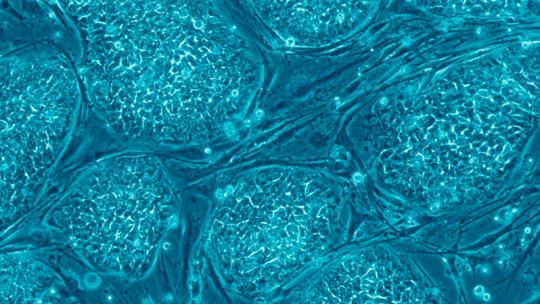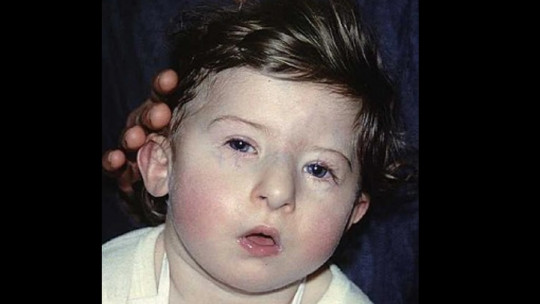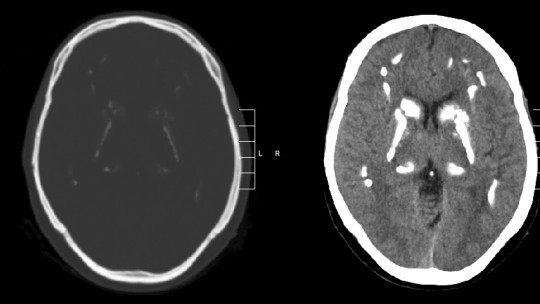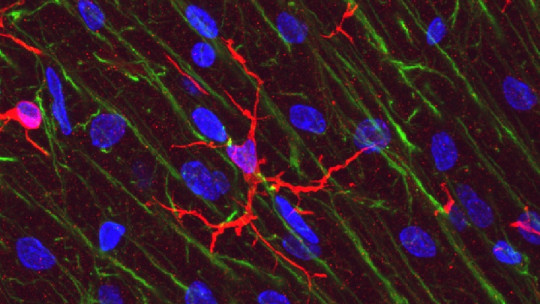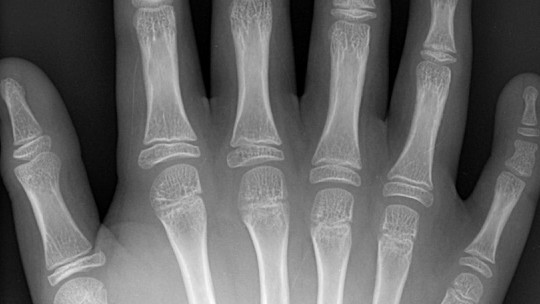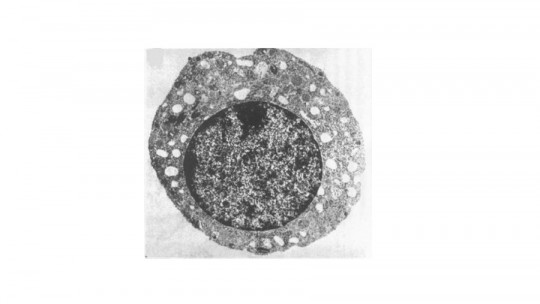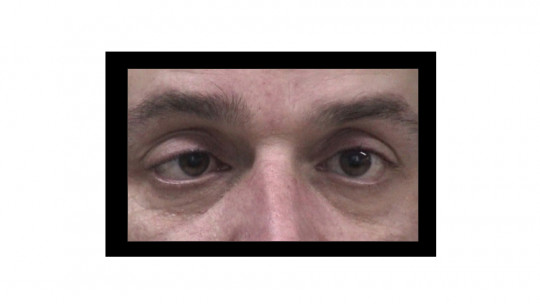
Guillain-Barré syndrome is an autoimmune disease that mainly affects muscle movements and can manifest itself through many variants.
In this article we will analyze Symptoms, causes and treatment of Miller Fisher syndrome one of the most common forms of this disorder.
What is Miller Fisher syndrome?
Miller Fisher syndrome is a disease that affects the nervous system, causing symptoms associated with muscle motor skills and coordination In some cases it can also cause alterations in other physiological systems.
This is one of the possible manifestations of Guillain-Barré syndrome, a group of diseases that occurs as a consequence of infections that in turn cause inadequate functioning of the immune system.
Miller Fisher syndrome generally has a good prognosis: if appropriate medical treatment is applied symptoms tend to subside completely However, this is not always the case, and if the damage to the nervous system is significant, there may be some consequences.
Approximately twice as many cases of Miller Fisher syndrome are detected in women than in men, and the prevalence is higher in spring than at other times of the year. The average age of onset of the disease is slightly above 40 years.
Guillain-Barré syndrome
Guillain-Barré syndrome is an autoimmune disorder ; This means that it consists of a malfunction of the immune system that leads it to “attack” healthy cells in the body. In this case the lesions take place in the peripheral nervous system, first affecting the muscles of the extremities, and sometimes leading to complete paralysis.
In the most severe cases this disease causes death due to alterations in the functioning of the cardiac and respiratory systems. It is normally caused by viral infections, although the exact mechanisms by which it occurs are not known.
The differential diagnosis between Miller Fisher syndrome and the other variants of Guillain-Barré syndrome is carried out based on the presence of characteristic signs and symptoms. Let’s see what the peculiarities of the subtype at hand are.
Main symptoms and signs
There are three essential signs that characterize Miller Fisher syndrome compared to other forms of Guillain-Barré syndrome: ataxia, areflexia and ophthalmoplegia These changes usually appear between 5 and 10 days after contracting a viral infection.
Ophthalmoplegia and ataxia are usually the first signs of the disease. The first consists of paralysis of the muscles of the eyeball, while Ataxia is defined as a loss of motor coordination For its part, areflexia, which occurs thirdly and mainly in the extremities, is the absence of reflex movements.
The other idiosyncratic characteristic of this variant of Guillain-Barré syndrome is the involvement of the cranial nerves, which is associated with deficits in nerve conduction.
In some cases, other alterations occur associated with the same injuries, mainly generalized muscle weakness and respiratory deficits, which can lead to death if the symptoms are very intense. However, these problems are more common in other forms of Guillain-Barré syndrome.
Causes of this disease
Although Miller Fisher syndrome is usually attributed to infections caused by viruses (and to a lesser extent also by bacteria), the truth is that it has not been possible to demonstrate that these are the only possible cause of this disease.
The signs and symptoms are due to destruction of myelin sheaths of peripheral nerves by the immune system. Myelin is a lipid substance that covers the axons of some neurons, allowing the efficient transmission of nerve impulses and increasing their speed.
However, alterations have also been detected in the central nervous system, specifically in the posterior part of the spinal cord and in the brain stem.
On the other hand, it has been found GBQ1b antiganglioside immunoglobulin antibody in the majority of people diagnosed with Miller Fisher syndrome. This antibody seems to be particularly associated with the presence of ophthalmoplegia.
Treatment and management
Like the rest of the variants of Guillain-Barré syndrome, Miller Fisher disease is treated using two procedures: plasmapheresis, which involves removing antibodies from the blood by filtration, and the administration of immunoglobulins intravenously.
Both techniques are very effective in neutralizing the effects of pathological antibodies and reducing inflammation, which also causes damage to the nervous system, but combining them does not significantly increase the probability of success of the intervention. However, the administration of immunoglobulins carries fewer risks
Most people begin to recover after between two weeks and a month of treatment, as long as it is applied early. After six months, the symptoms and signs are usually non-existent or very few, although sometimes there may be sequelae and there is a 3% risk of them recurring after disappearing.

